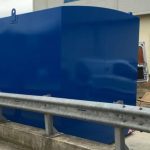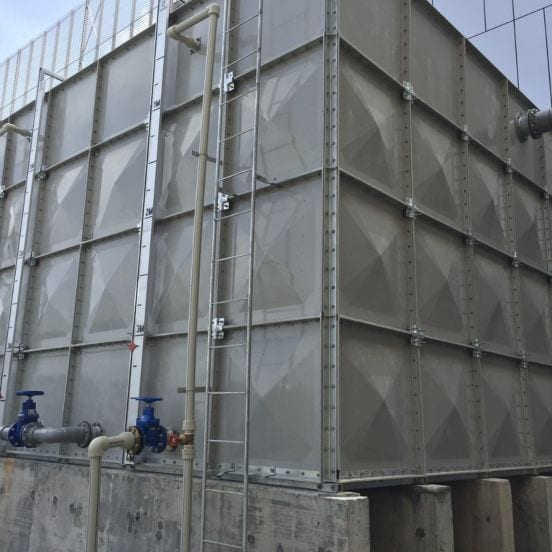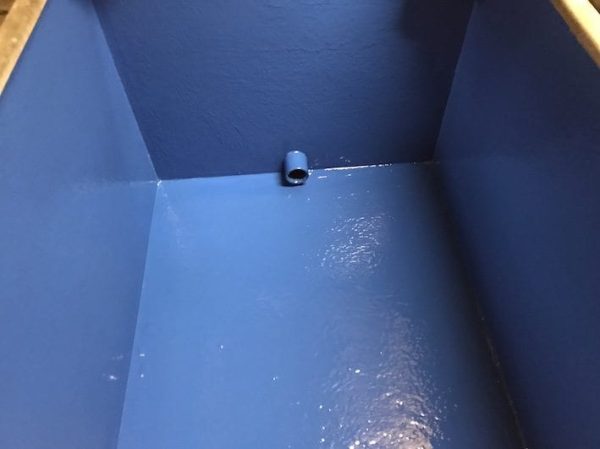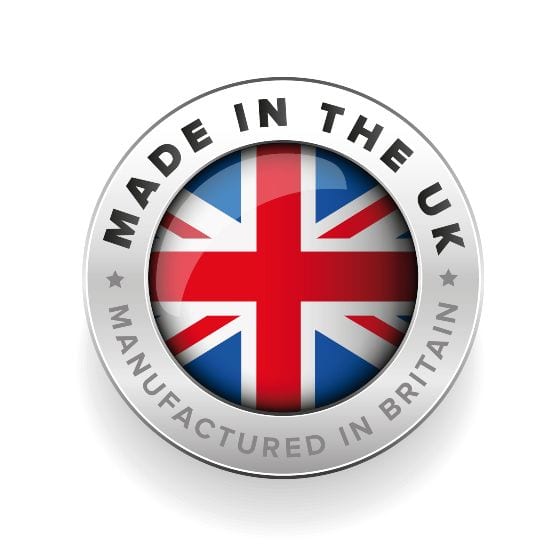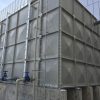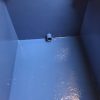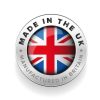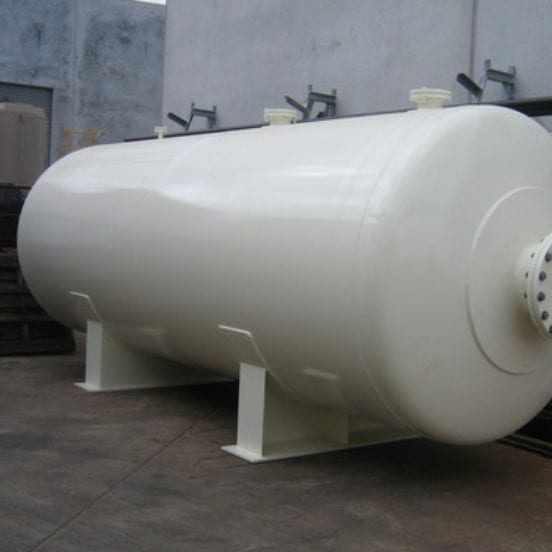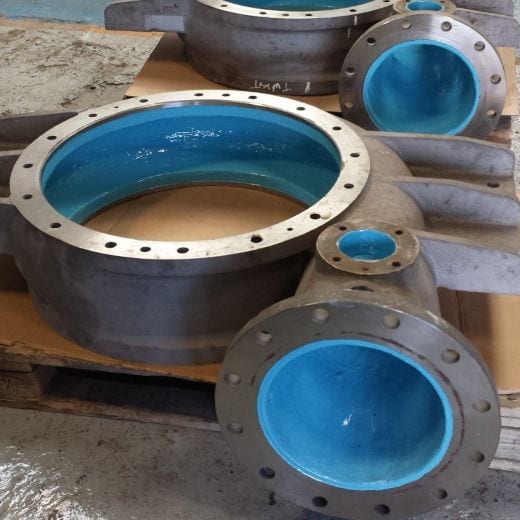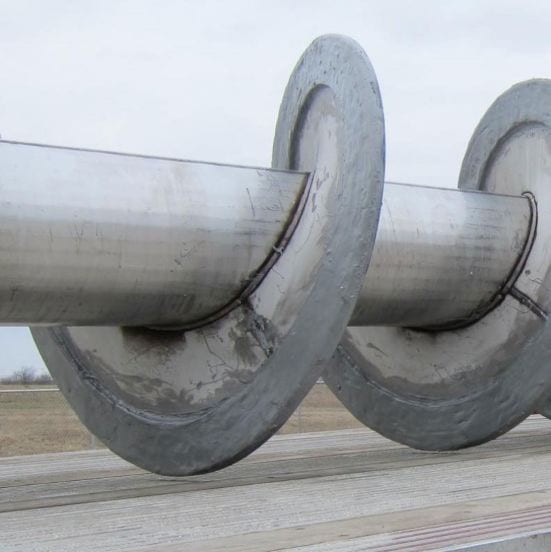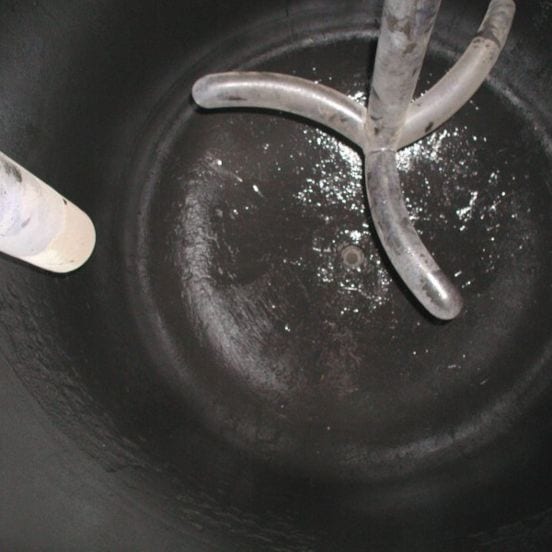Description
MAXLINE 100 - Potable Water Coating
MAXLINE 100 – Potable Water Coating is a WRAS approved solvent-free polyurethane coating system. Specifically designed for relining potable and drinking water tanks and provides excellent protection against erosion and corrosion.
Once cured the product is extremely flexible and will breathe with the tank as it cycles from full to empty without any risk of cracking.
Maxline 100 will have a design life in excess of 10 years. We offer a full application service through our network of approved 3rd party contractors, please do not hesitate to contact us for further details.

Typical Uses
- Drinking Water Tank Internal Coating
- Lining for GRP Water Tanks
- Lining for Sectional Steel Tanks
- Used as a lining for Galvanised Steel Water Tanks
- Coating for Concrete Water Tanks & Reservoirs
- Lining for Braithwaite Tanks
- As an internal Lining for Pipelines
- Corrosion protection for Cooling Towers
- As a Lining for Potable Water Pumps
Application Guide
- All oil and grease must be removed from the surface using an appropriate cleaner such MEK or similar type solvent.
- All surfaces must be abrasive blasted to ISO 8501/4 Standard SA2.5 (SSPC SP10/ NACE 2) minimum blast profile of 75 microns using an angular.
- Once blast cleaned, the surface must be degreased and cleaned using MEK or similar type solvent.
- All surfaces must be coated before gingering or oxidation.
- All oil and grease must be removed from the surface using an appropriate cleaner such as MEK.
- All surfaces must be mechanically abraded using handheld grinders to ISO 8501/4 ST3 (SSPC SP3 ST3).
- Once abraded, the surface must be degreased and cleaned using MEK or similar type material.
- All surfaces must be repaired before gingering or oxidation occurs.
Prior to mixing please ensure the following:
- The base component is at a temperature between 15-25°C.
- Do not apply the material when the ambient or substrate temperature is below 10°C or less than 3°C above dew point.
- Transfer the contents of the Activator unit into the Base container.
- Using a slow speed electric paddle mixer, mix the 2 components together until the material is streak free.
- Once mixing is complete, use the mixed coating as soon possible after mixing.
Use all mixed material within 15 minutes at 20°C.
- Pour the mixed material into a paint kettle or paint tray (this will maximise the usable life)
- Using a 50mm synthetic brush, stripe coat all edges, joints & corners.
- Once the stripe coat has cured sufficiently and is capable of being overcoated, apply the basecoat to all surfaces at minimum 400 microns.
- Once the basecoat of material has cured sufficiently, approximately 6-8 hours at 20°C, apply the topcoat to all surfaces at a minimum 400 microns.
Minimum finished coating thickness needs to be in excess of 800 microns.
| Appearance | Base Activator Mixed | Blue or light grey thixotropic liquid Amber liquid Blue or light grey Thixotropic liquid |
| Mixing Ratio | By Weight By Volume | 3.25:1 3:1 |
| Density | Base Activator Mixed | 1.31 1.22 1.29 |
| Solids Content | 100% | |
| Sag Resistance | Nil at: 400microns | |
| Usable Life | 10°C 20°C 30°C | 25-35 minutes 15-20 minutes 8-10 minutes |
| Coverage 2 x 350microns | The material should be applied at a minimum wet film thickness of 350 microns per coat. | 2.85 sqm/ ltr |
| Cure Times | Movement without load or immersion: Light loading: Full loading/water immersion: Chemical Contact: | 2 hours 8 hours 3 days 14 days |
| Storage Life | Unopened and stored in dry conditions (15-30°C) | 2 years |
| Adhesion | Tensile Shear to ASTM D1002 on abrasive blasted mild steel with 75 micron profile | 169kg/cm² 2400psi |
| Corrosion Resistance | Tested to ASTM B117 | 5000 hours |
| Flexibility | (British Gas FW0028 Draft method) 3% Strain at 20°C 3% Strain at 5°C 3% Strain at 0°C ASTM D522 | Pass Pass Pass Pass |
| Hardness | Shore D to ASTM D2240 | 80 |
| Impact Resistance | (British Gas CW6) 15 Joules (BS EN 10290) | 23°C 8.6 Joules 5°C 6.1 Joules |
| Adhesion – Resistance to Removal | (BS EN 10290) | 23°C rating 1 60°C rating 2 |
| Adhesion – Pull Off Test | (BS EN 10290) | 23°C 175kg/ cm² 60°C 73kg/ cm² (ASTM D4541) 214kg/ cm² |
| Electrical Insulation Resistance | (BS EN 10290) | 8.4 X 10⁹ |
| Indentation Resistance | (BS EN 10290) | 23°C 0.1mm 60°C approx. 15% |
| Flexibility | (BS EN 10290) | Pass |
| Elongation | (BS EN 10290) | 14.5% |
| Abrasion Resistance | (ASTM D4060) | 90mgm weight loss per 1000 cycles 1kg load – CS17 wheel |
| Heat Resistance | Suitable for use in immersed conditions at temperatures up to: Suitable for use in dry conditions at temperatures up to dependant on load: | 70°C 120°C |
| Chemical Resistance | At 20°C product resists attack by a wide variety of inorganic acids, alkalis, salts and organic media | Acetic Acid 10% Benzoic Acid 15% Caster Oil Cyclohexane Ethyl Alcohol 50% Formic Acid 10% Fuel Oil Glycerine Hydrochloric Acid 20% Isopropanol Lactic Acid 20% Mineral Oil Nitric Acid 10% Phosphoric Acid 50% Potassium Hydroxide 10% Sodium Carbonate 10% Sodium Hydroxide 10% Sulphuric Acid 50% White Spirit |


